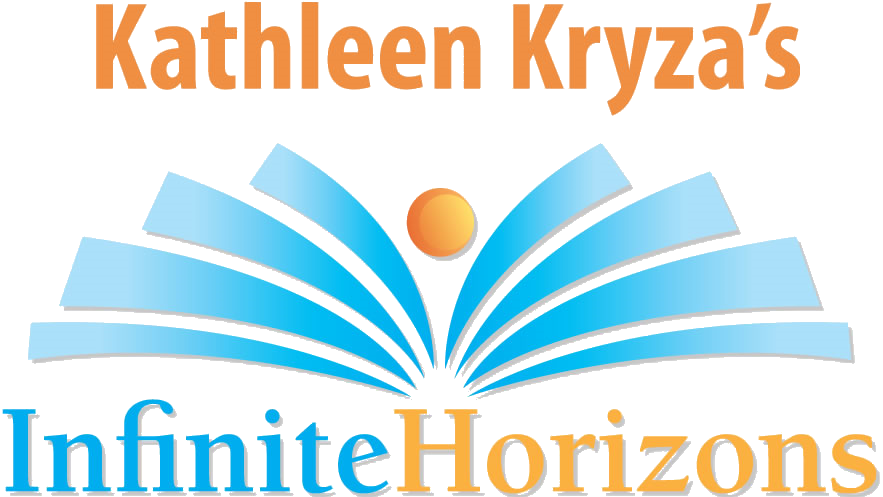“If we want new learning to stick, we have to make it sticky!”
Research shows that in the vast majority (85%) of classrooms less than half of the students are paying attention to the lesson at any given time (Johnson, 2012). When students are not focused on the lesson, they are not able to learn. They are also much more likely to become off-task or misbehave. At Infinite Horizons, we believe that the best way to “manage” our students is by creating a great lesson plan, one that is intentionally designed so that all students are actively engaged in the learning process.
Whoever is doing the most talking (or processing) is doing the most learning! So ask yourself, am I still doing more of the talking than my students? If so, how can I build more of “them”, less of “me” into my lesson planning? In order to ensure that all students have opportunities to actively process information and take ownership of their learning, we need to incorporate a rich variety of CHEWing activities in every lesson.
Mary Budd Rowe, a noted science educator, found that for every ten minutes of instruction - CHUNK - students’ brains need at least 2 minutes to process - CHEW- on the information (Rowe, 1986). With this in mind, it’s important to design lessons as a series of Chunk, Chew, and Check cycles. (The Chunk section is where students acquire new information. The Chew section is where students process the information in groups, pairs, or alone. And the Check section is the formative and summative assessments that we add to each lesson to make sure students are understanding the material.) The Chewing is where the learning is really taking place. As our students grapple with new concepts, discuss ideas with their classmates, and push themselves to interact with the material, they are able to create deeper levels of understanding than if they were to just listen to a lecture and regurgitate the information.
Consider the two lessons below and see how intentionally designing your lessons with more time to chew will create better student engagement and natural opportunities for formative assessments:
Traditional Lesson | Chunk, Chew, and Check Lesson |
Sabrina was teaching a lesson on circle graphs to 5th graders. She spent about 25 minutes teaching the following:
She then assigned homework and the students had a small amount of class time to get started on the assignment.
| Chunk 1: Teacher gives students circle graph cut-outs to explore. Chew 1: Students discuss what they notice with turn and talk partners. How would a mathematician use these circles? Chunk 2: Teacher explains how the graph represents fractions. Chew 2: Students do a problem from the book with table partners. Formative Check: Teacher walks around the room to observe if students are able to do the work. Chunk 3: Teacher explains how percent is represented as a circle graph. Chew 3: Students try a problem on their own and check with partners for inconsistencies or errors. Check: Homework from the book. |
The lesson on the left is the more traditional way of teaching. In this model, students are passive listeners for a large chunk of time and are then expected to “get it” with little time to stop and think it through. The lesson on the right teaches the same content, but in a series of Chunks and Chews with formative Checks built into the lesson. Students are taking in small amounts of new learning, then have time to actively think and process the material in a supported, structured way throughout the lesson. The teacher is available to scaffold their learning as they make discoveries and create meaning. S/he can provide feedback and guidance before asking students to produce proof of understanding. Students are much more likely to create durable understandings after completing these Chunk, Chew, and Check cycles.
As we always say at Infinite Horizons, “Know your target. Know your students. Vary the pathways.” When we set a clear target at the beginning of the lesson and we know the levels and learning styles of our students, we are then able to differentiate the chewing portion in order to meet the needs of all learners. Not only are we able to differentiate this way, but mixing up the methods of chewing also keeps things fresh and fun for our students. The learning brain loves variety and cues in more closely when things are presented in new ways. Also, students will discover more about themselves as learners and start to understand which way of processing information works best for them.
Infinite Horizons has created two versions of the Chunk, Chew and Check Lesson Planner templates to support you as you incorporate more differentiated Chew time into your lessons (Lesson Plan Template and Simple Lesson Plan Template) . We’ve also created a list of Multi-modal Chew Strategies to help you create opportunities for students to interact with new information in a variety of ways. You can find many other ideas on how to differentiate the chewing section of your lessons in our books on Differentiation in the REAL Classroom. Finally, we have included (once again) The 10 Easy Chew Strategies that get will get ALL students moving and talking with their classmates to process information.
The more opportunities we give our students to CHEW in our lessons, the better they will be able to digest the information. (Pun intended. Ha!) We want to hear about your experiences with adding a variety of Chewing activities in your classes. Please let us know how it’s going on Facebook, Twitter, or via email!
Written by: Michelle Leip, with Kathleen Kryza
